HRB400
HRB400 is a grade of hot-rolled ribbed steel bar, belonging to Grade III steel bar. Like Q235 steel, it is also a non-fire-resistant steel. HRB400 steel is an important steel for reinforced concrete and is widely used in infrastructure projects in various countries, such as houses, bridges, roads, and important energy and transportation projects. In addition to HRB400, there are HRB335, HRB500, HRB500E, etc. At present, 335MPa grade steel bars are gradually being phased out, 400MPa grade steel bars are mainly used, and 500MPa grade steel bars are being promoted.
So what does it mean? What are its characteristics? And where are they used? Please read on. We will explain its specifications and features from many aspects.
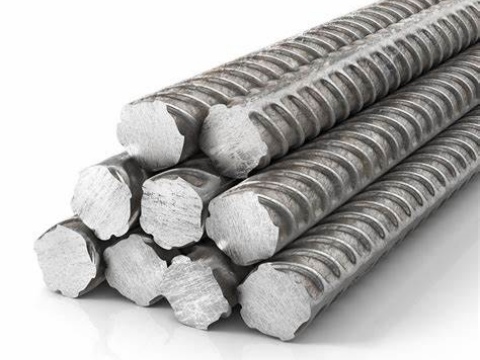
A615 Grade 40 Reinforced Bar Hot Rolled
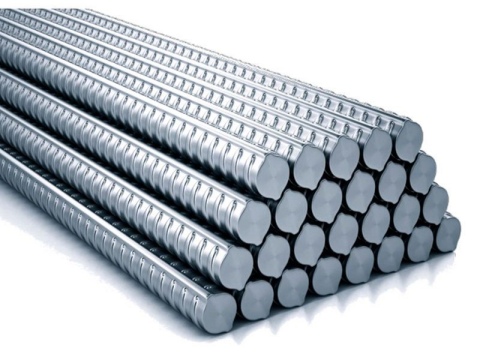
HRB335-400 HRB500 Hot-Rolled Ribbed steel Bar
HRB400 Naming and Meaning
1. HRB: It is the abbreviation of “Hot-rolled Ribbed Bars”, which means hot-rolled ribbed bars. Among them, H stands for hot rolled, R stands for ribbed, and B stands for bars.
2. 400: It means that the yield strength of this kind of steel bar is 400 megapascals (MPa). That is, the material will not be permanently deformed before the force reaches 400MPa. Its tensile and compressive design strength is usually 360MPa.
3. Diameter: 6~50mm.
4. Length: 6m, 9m, 12m, etc.
If you are interested, Ask The Online Personnel Now,
and we will be friendly and patient to answer your questions.
What is hot-rolled ribbed steel bar?
Hot-rolled ribbed steel bar is commonly known as threaded steel bar, usually with two longitudinal ribs and transverse ribs evenly distributed along the length. The shape of the transverse ribs is spiral, herringbone, and crescent. The current Chinese standard stipulates that it is crescent. The nominal diameter of the steel bar is 6~50mm. Ribbed steel bars mainly bear tensile stress in concrete, and due to the effect of the ribs, they have a greater bonding ability with concrete.
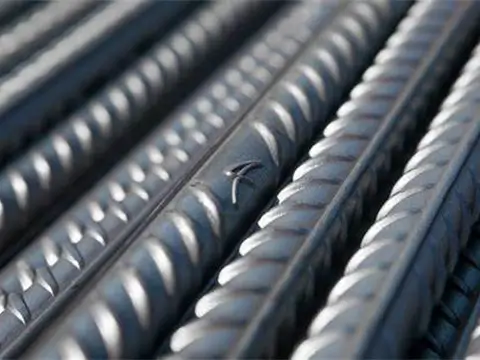
stainless steel rebar
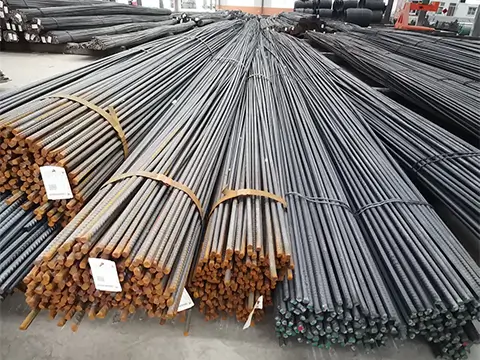
Concrete reinforcement
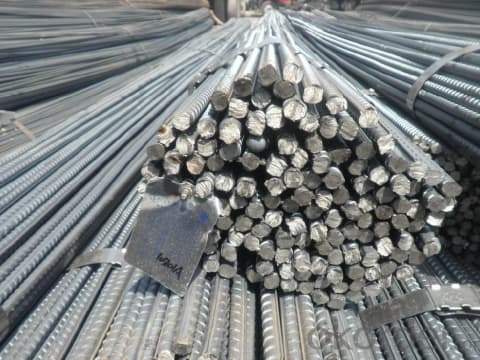
Q235 Steel Rebar ASTM GR60,BS GR460,SS400
Main features of HRB400
1. High strength: HRB400 steel bars have high yield strength and ultimate strength and can withstand large loads.
2. Good ductility: Even when the yield point is exceeded, the steel bars will not break immediately and have a certain plastic deformation capacity.
3. Hot rolling process: Produced through the hot rolling process, the steel bars have ribs on the surface, which increase the bonding strength between the steel bars and concrete, thereby improving the overall performance of reinforced concrete structures.
The difference between HRB400 steel bar and HRB400E steel bar
The main difference is that HRB400E has seismic standards. All steel bars with seismic standards are collectively referred to as E-bars.
Here, HRB400E refers to a strength level of 400MPa with seismic performance. In addition, the key to this type of steel bar is that the super-yield ratio index cannot be too large and the elongation cannot be too small.
This is a comprehensive analysis article about steel rebar grades – Steel Rebar Size, Grades & Codes.
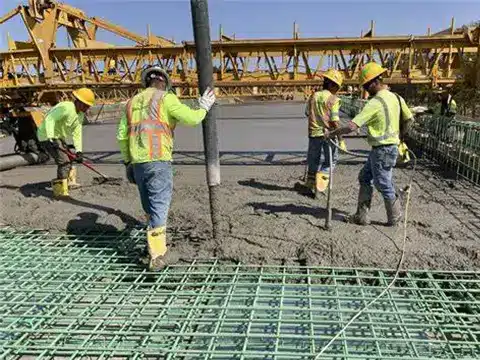
steel reinforcement bars
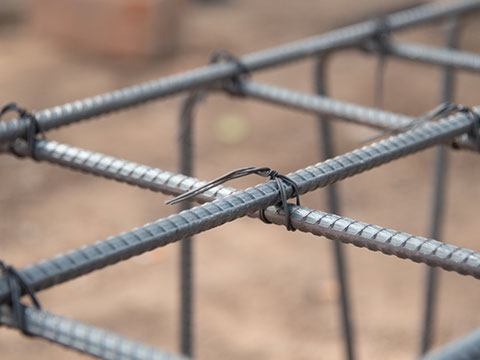
Fixed Rebar
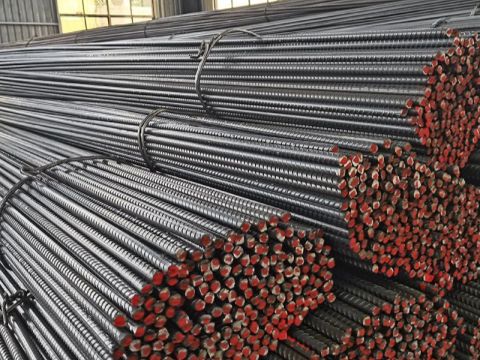
Hot Rolled Ribbed Steel Bar Hrb400E
History of the development of steel bar strength grades
Chinese steel bars have experienced a process of development from low strength to higher strength.
1. Grade I steel: smooth steel bars represented by carbon steel (Q235, etc.).
2. Grade II steel: In the early 1970s, steel bars represented by 16Mn steel had a yield strength higher than 300MPa, but in the late 1970s, 20MnSiⅡ steel replaced 16Mn steel bars and still dominates steel bar products.
3. Grade III steel: Representative steel bars in the 1970s were 25MnSi, 45MnSiV, 40Si2MnV, and 45Si2MnTi. In the late 1990s, HRB335, HRB400, and HRB500 steel bars were included in the hot-rolled steel bar standard GB 1499-1998 and gradually formed the current steel bar system dominated by HRB400 Grade III steel bars.
4. Grade IV steel: Currently, Grade IV steel is mainly represented by HRB500, and is still in the stage of promotion and use.
HRB400 Application Range
1. High-rise buildings: Due to their high strength and good ductility, HRB400 steel bars are suitable for key parts such as columns and beams in high-rise buildings.
2. Bridge engineering: In the construction of bridges, HRB400 steel bars can provide the necessary tensile strength to ensure the stability and safety of the bridge structure.
3. Infrastructure: HRB400 steel bars are also used in the construction of infrastructure such as roads and tunnels to meet the requirements of structural strength and stability.
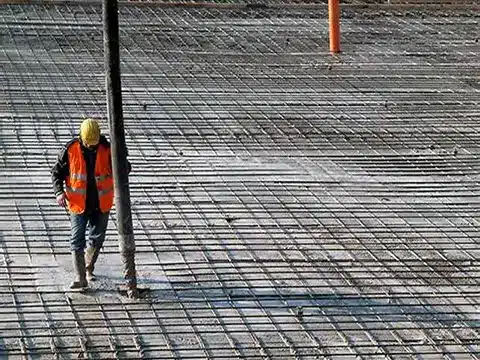
wire mesh for concrete
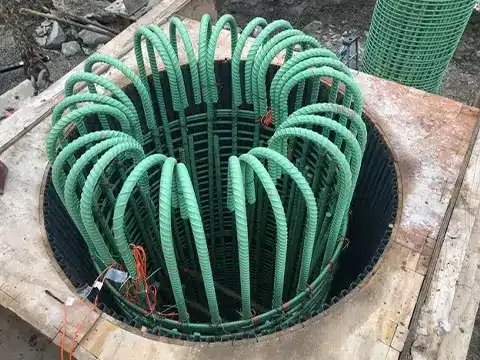
rebar rods
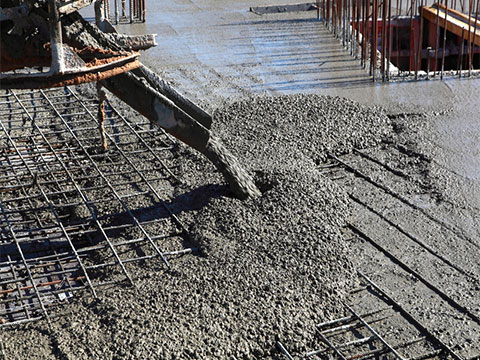
Construction Use
Classification of Carbon Steel
According to the carbon content, carbon steel can be divided into low carbon steel (carbon mass fraction ≤ 0.25%), medium carbon steel (0.25% < carbon mass fraction ≤ 0.6%), and high carbon steel (0.6% < carbon mass fraction ≤ 2%).
| Grade | Chemical composition (mass fraction)/%, not more than | |||||
| C | Si | Mn | P | S | Ceq | |
| HRB335 HRBF335 | 0.25 | 0.80 | 1.60 | 0.045 | 0.045 | 0.52 |
| HRB400 HRBF400 | 0.54 | |||||
| HRB500 HRBF500 | 0.55 | |||||
Deformed steel bar diameter weight table
| · Diameter(mm) | · Theoretical weight(kg/m) |
| · 6 | · 0.2221 |
| · 8 | · 0.3949 |
| · 10 | · 0.6170 |
| · 12 | · 0.8885 |
| · 14 | · 1.2093 |
| · 16 | · 1.5795 |
| · 18 | · 1.9991 |
| · 20 | · 2.4680 |
| · 22 | · 2.9863 |
| · 25 | · 3.8563 |
| · 28 | · 4.8373 |
| · 32 | · 6.3181 |
| · 36 | · 7.9963 |
| · 40 | · 9.8720 |
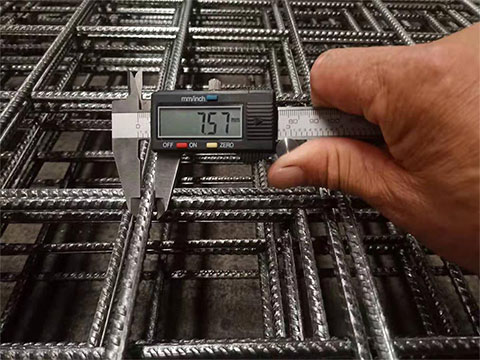
Quality Inspection
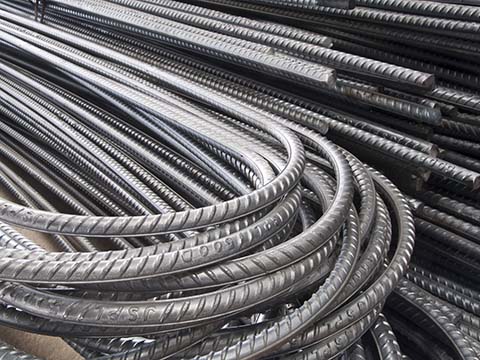
Concrete Reinforcing Bar
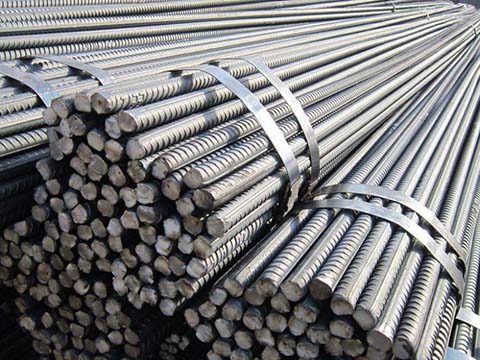
Ribbed Reinforcement Bars
Chemical composition of steel rebar HRB400 Grade for Building
Table 1: HRB335
| Grade | Technical data of the original chemical composition(%) | |||||
| Reinforcing steel bar HRB335 | C | Mn | Si | S | P | B |
| ≤0.25 | ≤1.60 | ≤0.80 | ≤0.045 | ≤0.045 | ≤0.0008 | |
| Physics Capability | ||||||
| Yield Strength | Tensile Strength | Elongation(%) | ||||
| ≥335 | ≥490 | ≥16 | ||||
Table 2: HRB335
| Grade | Technical data of the original chemical composition(%) | |||||
| Reinforcing steel bar HRB400 | C | Mn | Si | S | P | B |
| ≤0.25 | ≤1.60 | ≤0.80 | ≤0.045 | ≤0.045 | 0.04-0.12 | |
| Physics Capability | ||||||
| Yield Strength | Tensile Strength | Elongation(%) | ||||
| ≥400 | ≥570 | ≥14 | ||||
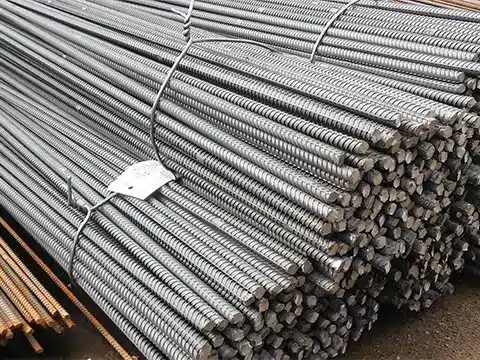
rebar for sale

Galvanized Q235 steel
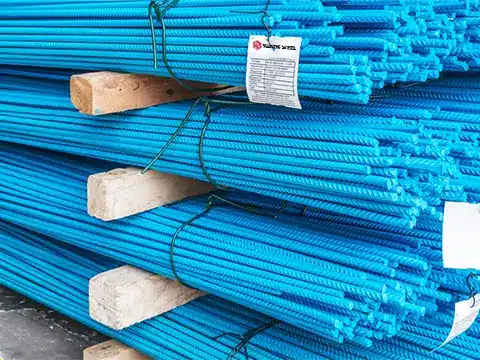
10mm coated rebar Hrb400
Mechanical properties of HRB400 steel
According to the mechanical properties, HRB400 STEEL is a medium yield strength, high tensile strength, low ductility, and low toughness steel. For the sake of convenience, it is necessary to introduce hot-rolled round steel bars, abbreviated as HPB, and the standard for hot-rolled round steel bars is GB 1499.1-2008. The yield strength of HRB400 steel is 400MPa, which is about 1.7 times that of HPB235; the tensile strength is 540MPa, which is about 1.46 times that of HPB235 steel; the elongation after fracture is 16%, which is only 0.64 times that of HPB235 steel; the total elongation after fracture is 7.5%, which is only 75% of HPB235 steel.
Production process
The production process of HRB400 steel bars usually includes continuous casting, heating, rough rolling, intermediate rolling, pre-finishing rolling, pre-water cooling, finishing rolling, water cooling, wire rolling, air cooling, etc. Through these steps, hot-rolled ribbed steel bars that meet standard requirements can be produced.
HRB400 steel price
This steel is low-priced. The price of rebar is about twice that of scrap steel, which is relatively cheap.
If you want to know the latest price, please ask the online service staff.
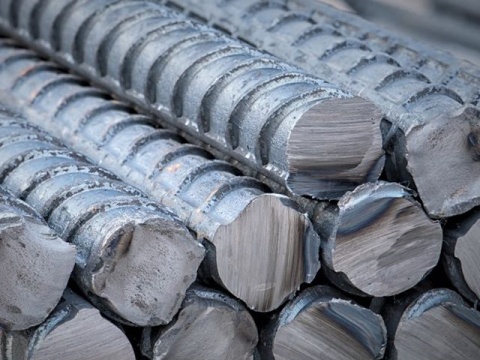
HRB400-500-Rebar-12mm-16mm-Deformed
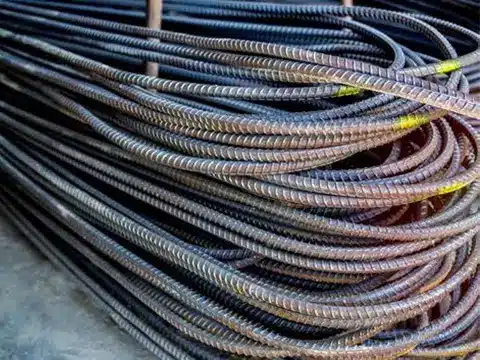
deformed bar price
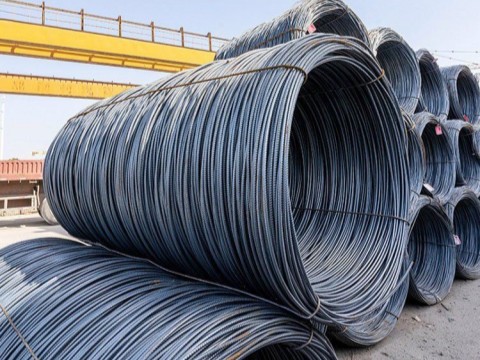
Deformed Steel Bar Iron Rods
HRB400 welding performance
HRB400 steel bar is a steel bar with poor weldability. According to the data in the composition table above, the carbon equivalent of HRB400 steel is ≤0.54%, but the actual carbon equivalent of the steel mill can be controlled at 0.4% at present.
According to our many years of production experience, when the carbon equivalent in carbon steel and alloy steel is not more than 0.4%, the weldability of the steel is good; when the carbon equivalent is between 0.4% and 0.6%, the hardening tendency of the steel increases, and preheating and control of welding parameters are required during welding; when the carbon equivalent is greater than 0.6%, the hardening tendency of the steel is strong, and it is difficult to weld steel, and a higher preheating temperature, post-weld heat treatment, and strict process measures are required.
HRB400 Corrosion Resistance
Compared with Q235 steel, HRB400 steel adds a surface quenching process to make the surface corrosion resistance of steel better; at the same time, adding tempering process makes the composition of steel more uniform, reducing the possibility of potential difference between different organizations, making steel easy to corrode. Therefore, the corrosion resistance of HRB400 steel is better than that of Q235 steel.
In summary, the HRB400 steel bar, as a high-strength and high-ductility hot-rolled ribbed steel bar, plays an important role in various construction projects. Its unique production process and wide range of applications make it one of the indispensable and important materials in the construction industry.
HRB400 seismic resistance
According to the seismic resistance requirements, this steel has a grade HRB400E suitable for higher seismic requirements. HRB400E steel should meet the following requirements:
a) The ratio of the measured tensile strength and yield strength is not less than 1.25;
b) The ratio of the measured yield strength of the steel bar to the characteristic value of yield strength 400MPa is not greater than 1.30;
c) The maximum total elongation of the steel bar is not less than 9%.
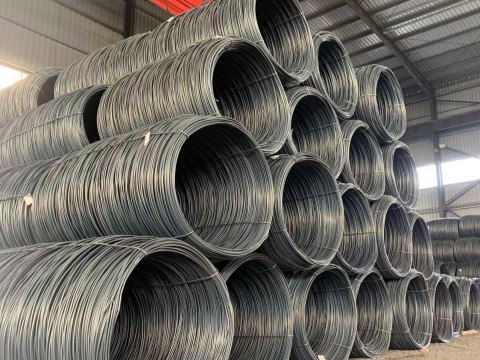
Steel-Round-Bar-Corrugated-Steel-Rebar
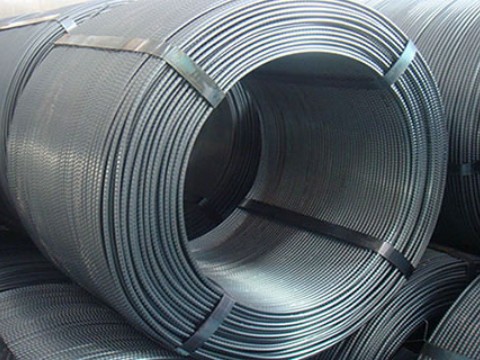
Coiled-Steel-Rebar
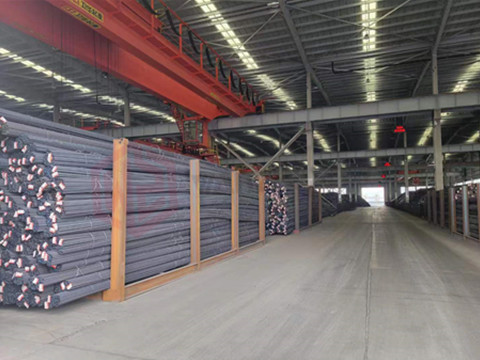
Reinforcing Bars at Factory
HRB400 rebar for sale
Wanzhi Steel HRB400 rebars are available in a variety of specifications and are ideal for residential and commercial projects. We offer rebars with diameters ranging from 6 to 50 mm and lengths from 6 to 12 meters, and accept customized solutions and sample services. As a reputable gold medal manufacturer and supplier, we are worthy of your cooperation. These high-quality deformed steel bars enhance the bond to the concrete, ensuring superior structural integrity and durability.
Wanzhi Steel is an ISO 9001-certified steel factory located in Hebei, China. It specializes in the production of deformed Steel bars, cyclone mesh, Iron Wire Rods, A193 Mesh, A393 Mesh, and Steel Reinforcement bars, with a monthly output of 1,800 tons. With high-quality products and good services, its products have been exported to more than 120 countries around the world.
Leave Us A Message










